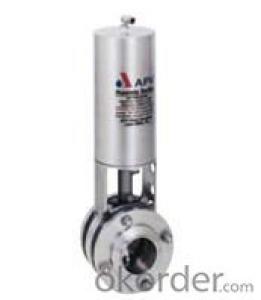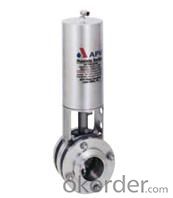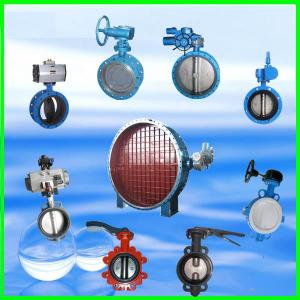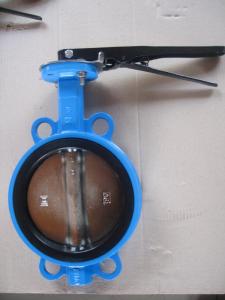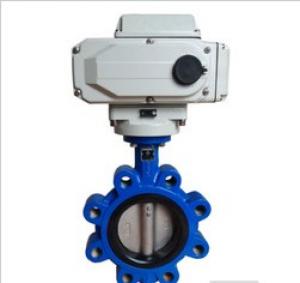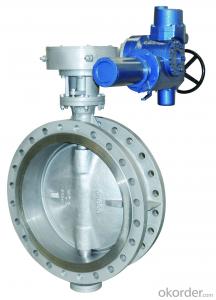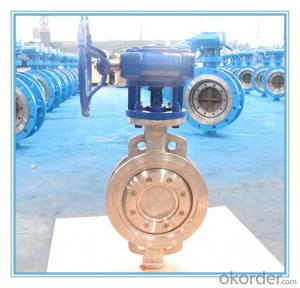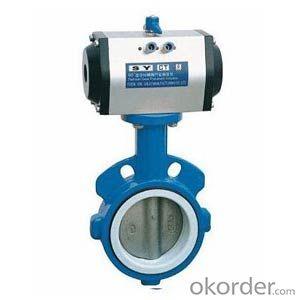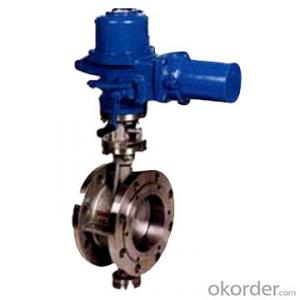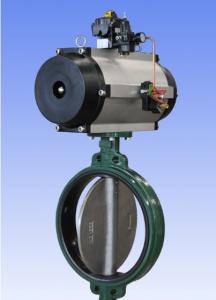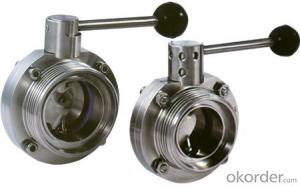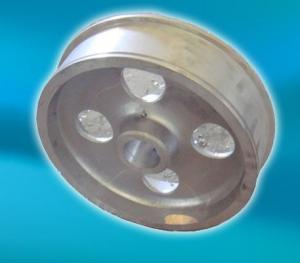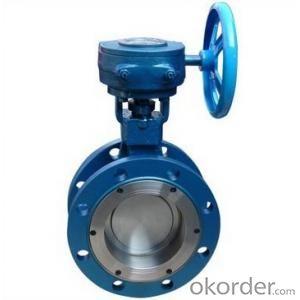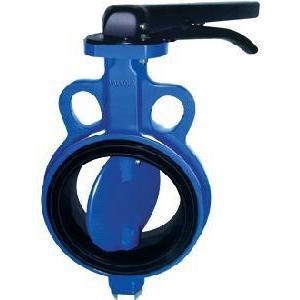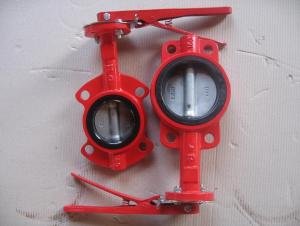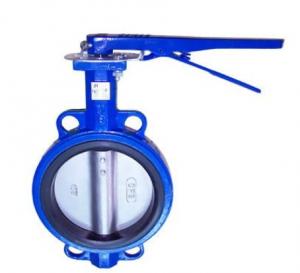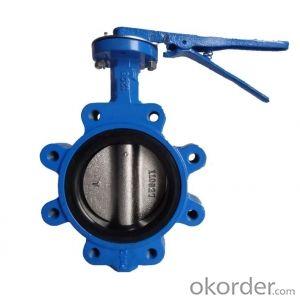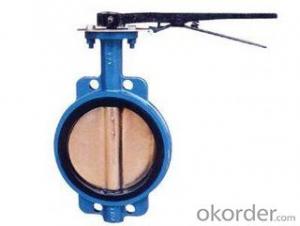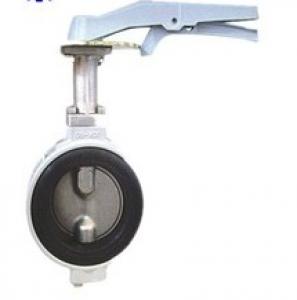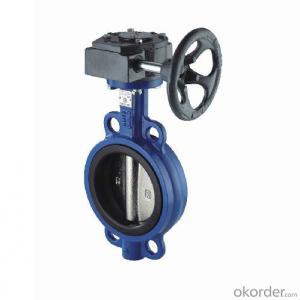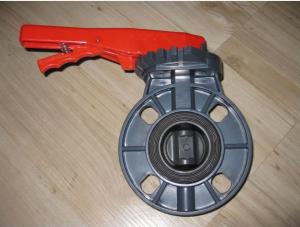butterfly valve Cast iron
- Loading Port:
- China Main Port
- Payment Terms:
- TT OR LC
- Min Order Qty:
- -
- Supply Capability:
- -
OKorder Service Pledge
OKorder Financial Service
You Might Also Like
Quick DetailsStandard or Nonstandard: Standard Structure: Gate Pressure: Medium Pressure
Power: Manual Material: Casting Temperature of Media: Medium Temperature
Media: Water Port Size: DN40mm-DN300 Place of Origin: China (Mainland)
Model Number: GF4 resilient gate valves: resilient seat flange
Packaging & DeliveryPackaging Detail: air plastic bag inside/wooden box outside
Delivery Detail: 15-60days
SpecificationsDIN3352 F4 resilient seat flange gate valves
1.s:DN40-DN300 ize
2.medium:water
3.standard:DIN
4.certificate:ISO9001 CE
resilient gate valves
1.size:DN40-DN300
2.medium:water
3.certificate:ISO9001 CE
4.standard:DIN
available medium:water
working temperature:≤80oC
flange dimensions:DIN2501

- Q: Butterfly valve use
- Butterfly valve is fully open to fully closed is usually less than 90 degrees, butterfly and butterfly stroke itself has no self-locking capability, in order to position the disc to install the valve stem on the worm gear. Using worm gear reducer, not only can the butterfly plate have self-locking ability, so that the butterfly board stops at any position, but also can improve the operation performance of the valve. Industrial butterfly valve features, capable of high temperature, applicable pressure range is higher, the valve nominal diameter is large, the valve made of carbon steel, the valve plate sealing ring using metal rings instead of rubber rings. Large high temperature butterfly valve welded by steel plate, mainly used for high temperature smoke duct and gas pipe
- Q: Electric butterfly valve (not take the lead) what do you mean?
- Electric butterfly valve, as its name implies, consists of an electric actuator and butterfly valve, and the customer does not take the lead, that is, without the electric actuator, only the butterfly valve can be provided.
- Q: What does "C" in D971F-16C DN450 RF mean for electric butterfly valves?
- C represents the valve body and the material is cast steel;D stands for butterfly valve; 9 stands for electric; 7 stands for clip type; 1 represents middle line butterfly valve; 16 stands for nominal pressure 1.6Mpa; RF stands for flange joint; in the form of protruding surface.
- Q: I have 1993 Seville 4.9. I got a new EGR valve but it didn't help. I tested it with vacuum pump, it won't hold pressure at all, same with old one. Is that new EGR valve bad or just different type of EGR that vacuum pump won't work? Thanks!
- The first source, pages 20-22, lists all 9 basic types of EGR valves. Not all the types are vacuum operated, but check out #5 and #6 - they behave very differently from each other without a real live exhaust system connected to them.
- Q: Check valve; flexible joint `; installation order of electric butterfly valve
- The flexible rubber pipe joint is first, then the check valve, the electric butterfly valve and the gate valve.
- Q: The difference between gate valve and butterfly valve, as well as cut-off valve, what are their applicable conditions? Advantages and disadvantages?
- The gate valve is one of the simplest valves. Generally manual, most of the electric valve failure, as a manual. Butterfly valve is more, I saw the pneumatic butterfly valve, that is, with gas control closed, general and solenoid valve matching.
- Q: What kinds of butterfly valves are available? What is the working principle of butterfly valves?
- Divided by way of drive(1) electric butterfly valve(2) pneumatic butterfly valve;(3) hydraulic butterfly valve;(4) manual butterfly valve;In the form of structure:(1) Central sealed butterfly valve(2) single eccentric sealed butterfly valve(3) double eccentric sealed butterfly valve(4) three eccentric sealed butterfly valve;Sealing surface material score:(1) soft sealing butterfly valve.1) the sealing pairs are made of non-metallic soft materials, which are made of non-metallic soft materials.2) the sealing pair is made of metal hard material and is made of non-metallic soft material.(2) metal hard sealing butterfly valve. The sealing pair is made of metal hard material and is made of metal hard material.
- Q: What does butterfly valve do?
- [1] butterfly valve is also known as turn over plate valve, is a simple structure of the control valve, but also can be used for low pressure pipe medium switch control.[2] butterfly valve: butterfly valve refers to the closure of parts (valve or butterfly plate) for the disk, around the valve shaft to achieve rotation and closing of a valve, the main cut off on the pipe and throttling role. Butterfly valve headstock is a disc shaped disc, in the valve body around its own axis of rotation, so as to achieve the purpose of opening or closing or regulation. Butterfly valve used in furnace, coal gas, natural gas, liquefied petroleum gas, city gas, hot and cold air, chemical smelting and power generation environmental protection engineering system, conveying a variety of corrosive and non corrosive media pipeline, used to adjust and cut off the media flow. Butterfly valve categories are: handle butterfly valve, turbine butterfly valve, pneumatic butterfly valve, electric butterfly valve and so on.
- Q: Butterfly valve D71X-10 and butterfly D371X-10 what is the difference?
- Different structure. The handwheel (or handle) of the D71X-10 is mounted directly on the valve stem, and the D371X-10 is operated by means of a bevel gear in combination with the worm, and the handwheel is mounted on the worm.
- Q: The difference between the directly buried gate and the flange valve and butterfly valve
- Buried gate also called buried gate valve, valve can be directly buried underground, built without manhole, reduce road excavation area; small well maintained road and beautiful room can reduce the difficulty of construction, reduce project cost. The directly buried soft sealing gate valve is divided into two types: telescopic type and fine fixing type, wherein, the telescopic type is divided into metal type and plastic type. In the process of construction, the telescopic type can be adjusted arbitrarily according to the distance between the buried depth of the valve and the ground, and the micro adjustment can be adjusted on the spot. The directly buried gate valve has the advantages of long-term use, no leakage, no maintenance, etc., and can effectively avoid other people switching the valve and stealing the manhole cover at will.Flange gate valve is connected to the flange gate valve, this connection is the most common way. The flange gate valve is stable and reliable when used in the pipeline, so the flange gate valve is used on the high pressure pipeline.Butterfly valve refers to the closure of parts (valve or butterfly plate) as the disk, around the valve shaft to achieve rotation and closing of a valve, the main cut off on the pipe and throttling role. Butterfly valve headstock is a disc shaped disc, in the valve body around its own axis of rotation, so as to achieve the purpose of opening or closing or regulation. Butterfly valve used in furnace, coal gas, natural gas, liquefied petroleum gas, city gas, hot and cold air, chemical smelting and power generation environmental protection engineering system, conveying a variety of corrosive and non corrosive media pipeline, used to adjust and cut off the media flow.
Send your message to us
butterfly valve Cast iron
- Loading Port:
- China Main Port
- Payment Terms:
- TT OR LC
- Min Order Qty:
- -
- Supply Capability:
- -
OKorder Service Pledge
OKorder Financial Service
Similar products
Hot products
Hot Searches
Related keywords
